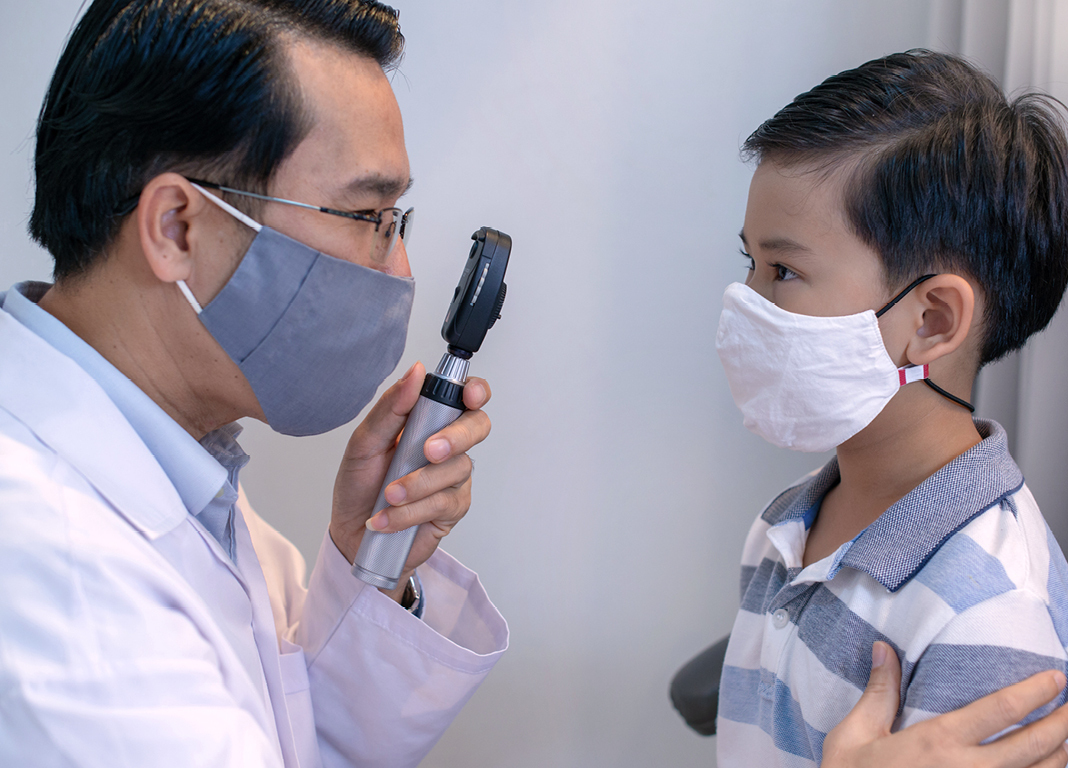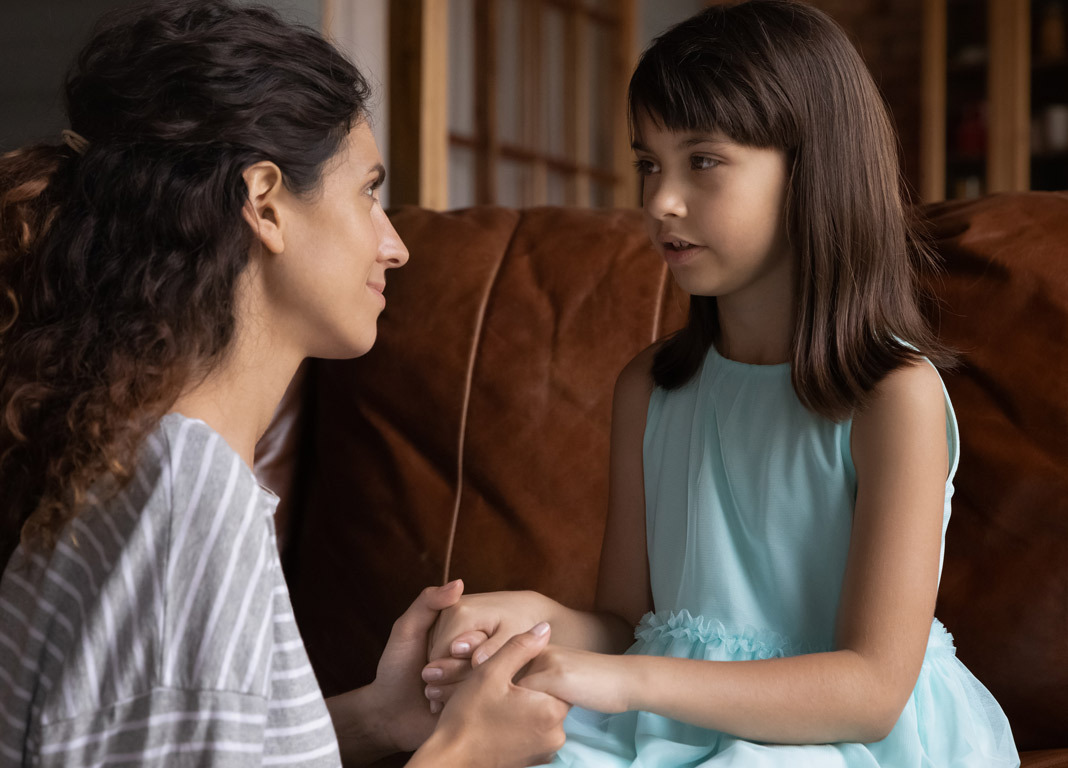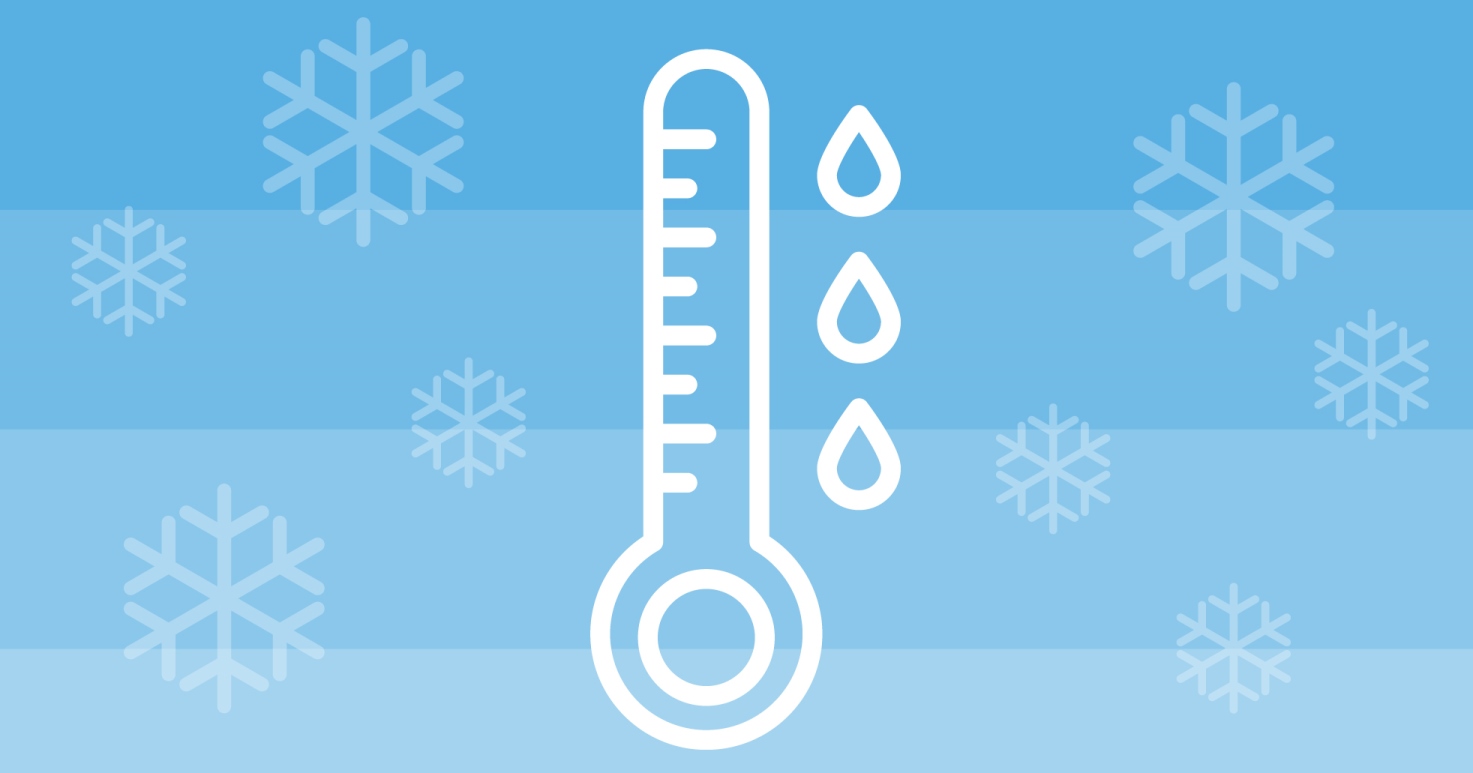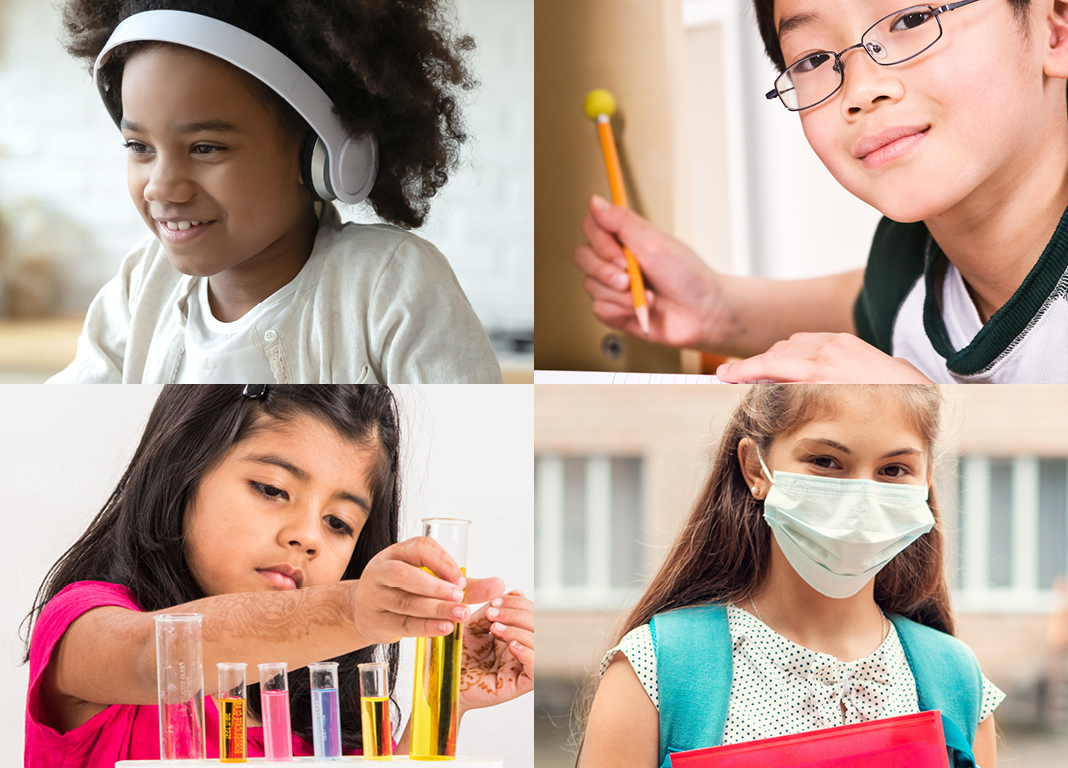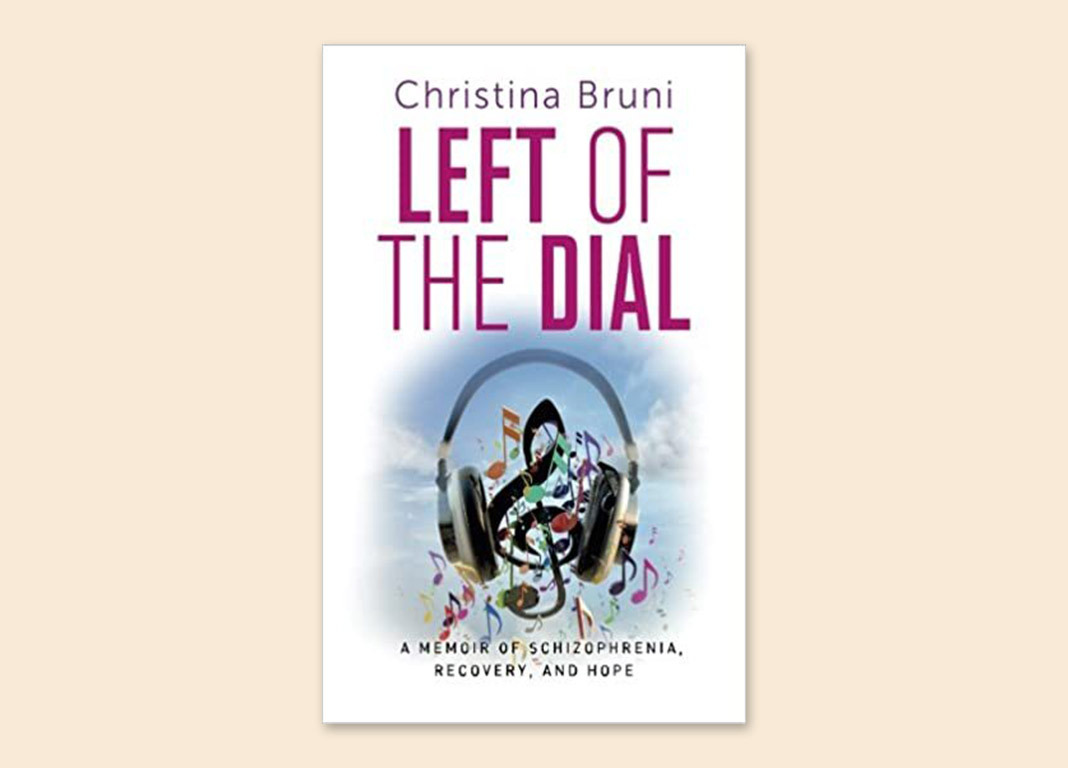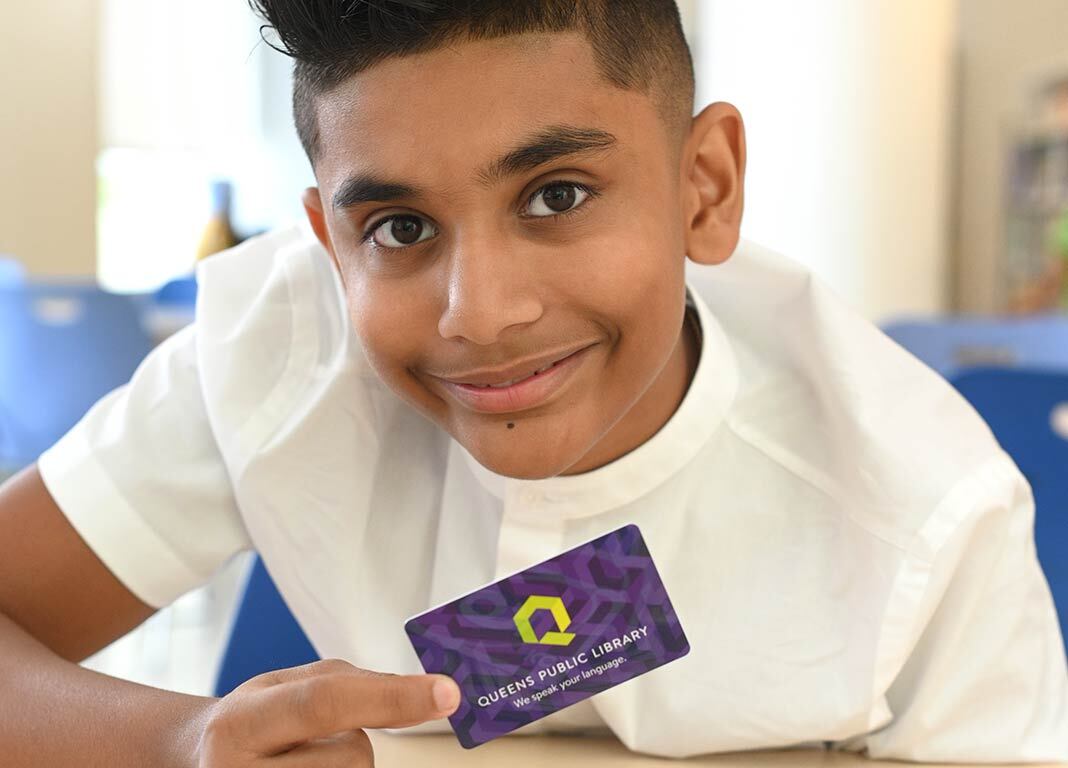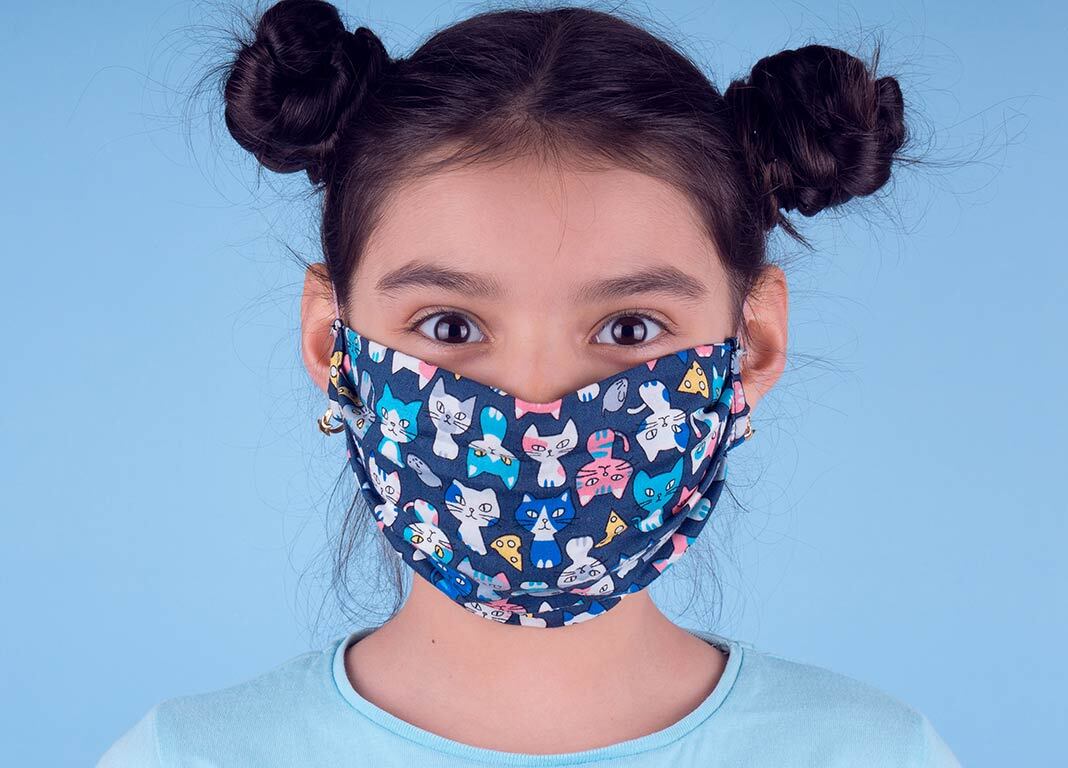Keeping your children healthy as they go back to school is always a priority, and even more so during the COVID-19 pandemic. We asked medical professionals for their advice for students and parents as we enter a new and very different school year in the age of COVID-19.
Supporting Your Children at Home
Eight Ways to Protect Kids’ Mental Health During eLearning
Your Kids in the Classroom
“It’s important for both kids and adults to remember that the best tools we now have to fight the spread of COVID-19 involve our own personal behaviors,” says Dr. M. Pilar Gonzalez, the Director of Pediatric Ambulatory Care at NYC Health + Hospitals/Elmhurst and Assistant Professor of Pediatrics at the Icahn School of Medicine at Mount Sinai.
- Students should wear face masks covering the nose and mouth while out in public and during the school day. Face masks need to be changed when dirty and should be changed at least once a day. Surgical masks, or thicker, double-cloth face masks are a good choice.
- Students should practice hand hygiene through washing hands frequently with soap and water for at least 20 seconds. If they don’t have access to soap and water, they should use alcohol-based hand sanitizer and rub their hands together until their skin is completely dry. Protocols for hand washing or sanitizing should take place every 2 hours, including as soon as arriving to classrooms, and before and after breaks and lunch.
- They should also practice social distancing of six feet apart. Physical distancing is a must when eating lunch as face masks need to be removed. If possible, students should use alternative modes to go to school other than the school bus, like walking or using a private car.
- Continuous monitoring of possible COVID-19 symptoms is important. Kids need to stay home even with mild symptoms and also when one household member is sick. Any student, teacher, or staff member with symptoms should be tested and evaluated by a health care provider as quicky as possible. With or without test results, anyone with symptoms needs to stay home for at least 10 days after symptom onset and symptom free for 24 hours without the use of medication. All students and teachers in a class with a confirmed case are assumed close contacts and need to quarantine for 14 days since their last exposure.
Supporting Your Children at Home
“The coronavirus pandemic is embedded into our lives and has affected the way that we all live,” says Dr. Jennifer Pintiliano, Associate Director of the Department of Pediatrics at NYC Health + Hospitals/Elmhurst. “Adults may think that children will not notice all the changes and the stress, but they are very sensitive to what is going on. Young children are highly affected by the quarantine and the anxiety of their parents and other adults. Older children and adolescents need their parents and other adults to be emotionally available to listen to them and to hear their concerns. Parents should provide accurate, truthful information to adolescents. Here are a few things you can you do to help your children.”
- Create daily routines which include keeping set mealtimes, bedtimes, and finding a time to do enjoyable things. For younger children, this can be sing-alongs, reading a book, or playing games together. For older children it could be having a talk, listening to music together, or watching a movie or TV show as a family. It is important for your child to know that you will make time for them every day. Tell them you love them and give them plenty of affection.
- Support and reassurance from parents or caregivers is very important during periods of stress. Help the children in a way that is appropriate for their age. Keep explanations simple. Remind children that researchers and doctors are learning as much as they can, as quickly as they can, about the virus and are taking steps to keep everyone safe. Help them understand that the pandemic will end. Remind your children of what they can do to help—washing their hands often, coughing into a tissue or their sleeves, and getting enough sleep.
- Monitor their media. The American Academy of Pediatrics encourages parents and others who work closely with children to filter information and talk about the pandemic in a way that their child can understand. Keep young children away from frightening images they may see on TV, social media, computers, etc. For older children, talk together about what they are hearing on the news and correct any misinformation or rumors you may hear.
- Take care of yourself. This is very important. Even if children are not directly exposed to the trauma, they can recognize stress and worry in older children and adults in the house.
- Be a good role model. COVID-19 doesn't discriminate and neither should we. While COVID-19 started in Wuhan, China, it doesn't mean that having Asian ancestry—or any other ancestry—makes someone more susceptible to the virus or more contagious. Stigma and discrimination hurt everyone by creating fear or anger towards others. When you show empathy and support to those who are ill, your children will too.
- Communicate with their school. With social distancing in effect, children have to adjust to new ways of learning through remote schooling. Ask teachers and/or school staff how much of a role you should have in keeping your child or teen organized, focused, and on task. All parents should feel comfortable asking questions like: "What has worked for my child in the past when they needed to focus? How much assistance should I be providing during homework? Who is in charge of monitoring assignment completion?"
- All children will benefit from structure, so for children that are learning at home, it’s important to have a schedule that is posted in the home. Schedule breaks during the school day since research shows that children can focus and work effectively for 45 minutes at a time, at most. Alternate schoolwork with enjoyable activities. Always make sure to give positive feedback to your child—tell them how great they are doing!
Eight Ways to Protect Kids’ Mental Health During eLearning
“While virtual learning may be necessary for safety, there are good reasons to hesitate about it,” says Erin Leyba, L.C.S.W., Ph.D., the author of Joy Fixes for Weary Parents. “Too much screen time can wreak havoc on kids' bodies, brains, and moods. During eLearning, parents can be intentional about giving children specific types of breaks from screen time—breaks that bring in laughter, creativity, fun, connection, purpose, nature, relaxation, and movement. Breaks build joy and balance the impact of screen time on kids’ bodies, brains, and moods.”
- Exercise (walk, bike ride, shoot hoops)
- Service (bring food to a pantry, make get-well cards, write a friend a surprise chalk message, rake a neighbor’s leaves, write political postcards, make muffins for a friend)
- Creativity (art, poetry, writing, singing, music, sculpture, crafts)
- Fun (dance party, sprinkler run, blast favorite music, build a fort, listen to music, etc.)
- Social (distanced visit with a grandparent, talk about your day, write a pen pal, distanced visit with a friend, one-on-one time with parent)
- Reading, Writing, and Relaxation (read real books or magazines, write a pen pal, write a story, write a personalized note, or do nothing)
- Nature (gardening, walk, bike ride, picnic, lunch outside, etc.)
- Adventure (go somewhere new, do something new, make something new, play something new)
Thank you to all our experts for their advice! Use the links below to read our other Back-to-School blog posts, including information on all of QPL’s Back-To-School Resources, tips on getting your kids used to their face masks, and how to sign up for a Queens Public Library card or eCard.
Give Children the Gift of Lifelong Learning
A gift to the Queens Public Library Foundation will help ensure our collections and digital resources are available to young people who are back in school, whether at home or in the classroom. Donate to the Library today!

